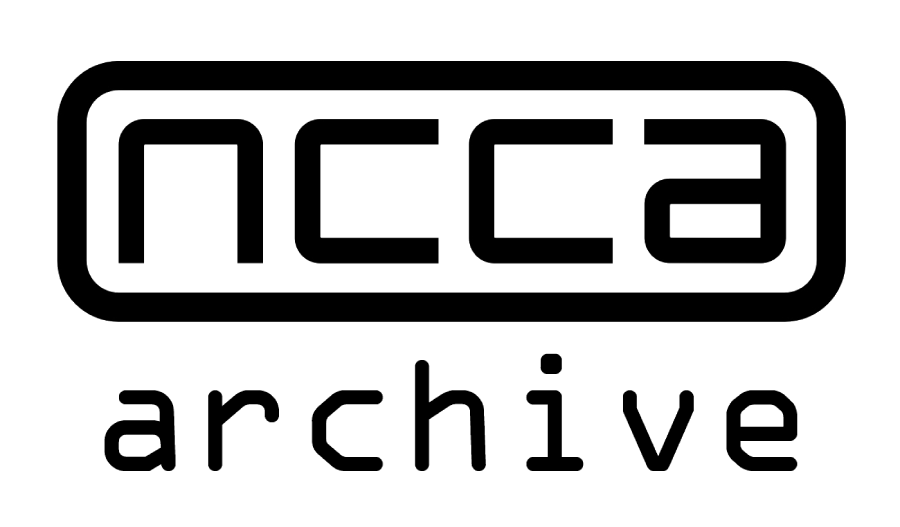Innovations
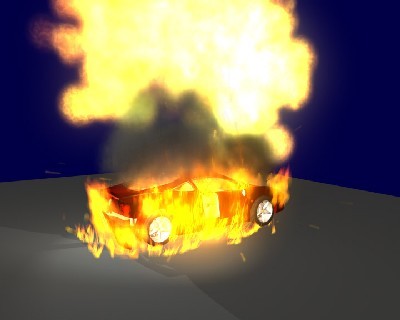
In this project I research and develop techniques used to create two very different effects shots involving fire. The first is a trail of petrol being lit at one end, with the petrol subsequently burning down the trail. The second is the resulting explosion of a car at the end of the trail. This report follows my work from the research stage, right through to the final results.
Vector Based Texturing in a Production Renderer
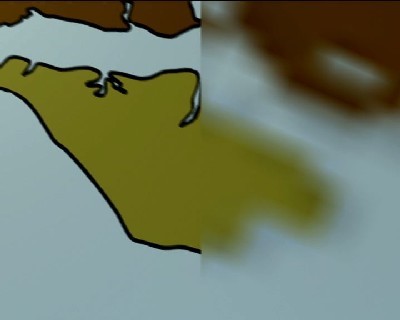
The predominant methods of texturing for production rendering in computer graphics are currently based on bitmap images and procedural algorithms. Although sufficient in many cases, both methods are in some way limited in terms of resolution, be it by storage requirements or issues of speed.
Lens distortion
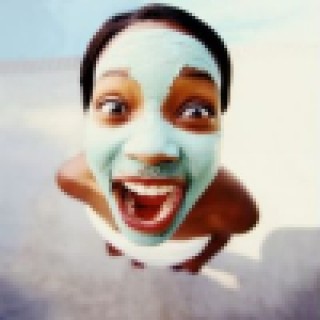
This report describes the development of a project for the Innovations module. The brief was to develop a way of simulating distortion caused by ‘fish eye’ lenses, which could be used interactively in computer graphics.
Real-Time Deformation for Computer Games
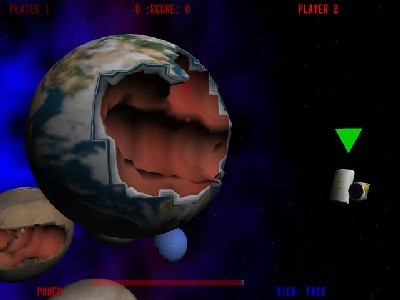
This paper looks at the various methods available for the implementation of real-time deformation for use in computer game environments. We will analyse a number of published methods and we will examine how these methods can be used to produce real-time deformation in future game developments.
Innovations
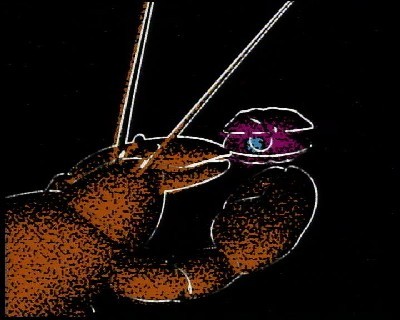
A Comparison of Local and Global Illumination Techniques
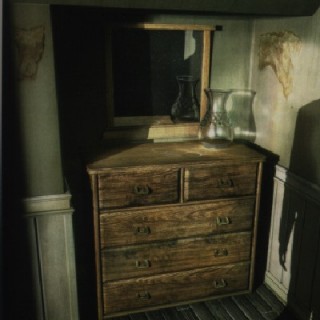
A method is described which models a simplified global illumination solution. Current techniques require long rendering times and so are not widely used. Approximations are employed but these take time to set up and are often derived from guess work. A simple environment is used to illustrate the technique.
Innovations
Innovations
Innovations
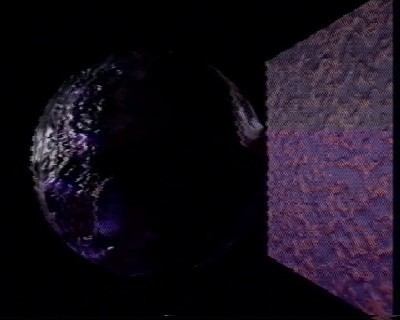
Camera Matching Plug-in for Maya
My intention in the following paper is to produce a piece of software written in MEL script as a plug-in for Maya which will be a camera matching device and as an aid for computer animators to achieve a successful camera match between live action and CG before compositing so that all aspects are complimentary and the images when composited are visually convincing. If subject distance and spatial information is known it will be possible to position the camera and tilt in the correct direction.
